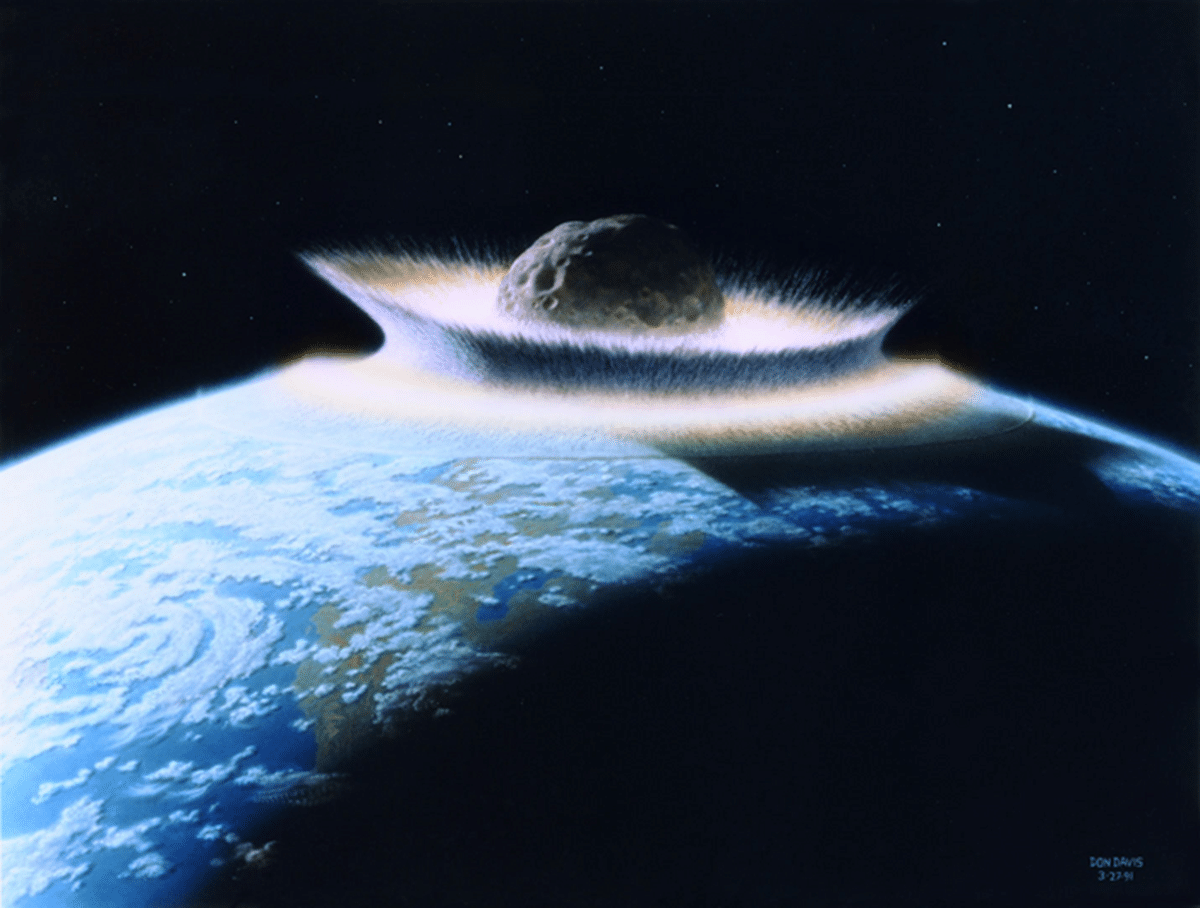Collisions of the Earth with large asteroids in the past have repeatedly led to serious consequences, including mass extinctions. All this led to the development of means of protection against space threats. To deflect a dangerous object from orbit, you need to concentrate energy comparable to a nuclear explosion. American scientists have experimentally shown how this can be done.
Two years ago, the mission’s spacecraft NASA DART It hit the asteroid Dimorph in Didymus’ orbit. This was the first successful demonstration of orbital deflection of a real space body. However, the method is considered to be very complex and expensive, and requires a long preparation time. Also, the kinetic impact may not be sufficient to destroy a larger object.
As one alternative, physicists have proposed a directed nuclear explosion, in which X-ray radiation could rapidly heat the surface of the asteroid. The matter would begin to vaporize, and the expanding gas would push the object. The authors of the journal article showed that you don’t need to send devices into space to test this method, you can do it by earthly means. Nature Physics.
Researchers led by Nathan Moore created two model asteroids, only 12 millimeters across, from quartz and fused silica. With the help of the Z machine, one of the largest sources of X-ray radiation ever created at Sandia National Laboratories (USA), they generated an X-ray field of sufficient intensity to damage microscopic objects. This is similar to the giant high-energy X-ray bubbles discovered in our Galaxy.
Using a technique called “X-ray scissors,” the asteroids were “suspended” in a vacuum that simulated space, simultaneously destroying the supports and vaporizing the surface. A total of two experiments were conducted, which, together with the modeling, helped to clearly define the three stages of the process. The scientists observed that the X-ray pulses heated the surfaces. The gas emissions accelerated the targets, reaching speeds of 69.5 and 70.3 meters per second for quartz and fused silica, which matched the calculations.
Extrapolating the results of the experiment to real targets, the researchers calculated that an asteroid with a diameter of about four kilometers could be deflected in this way. According to the authors of the paper, this will help prepare future missions to protect the planet from asteroid threats.
Source: Port Altele
